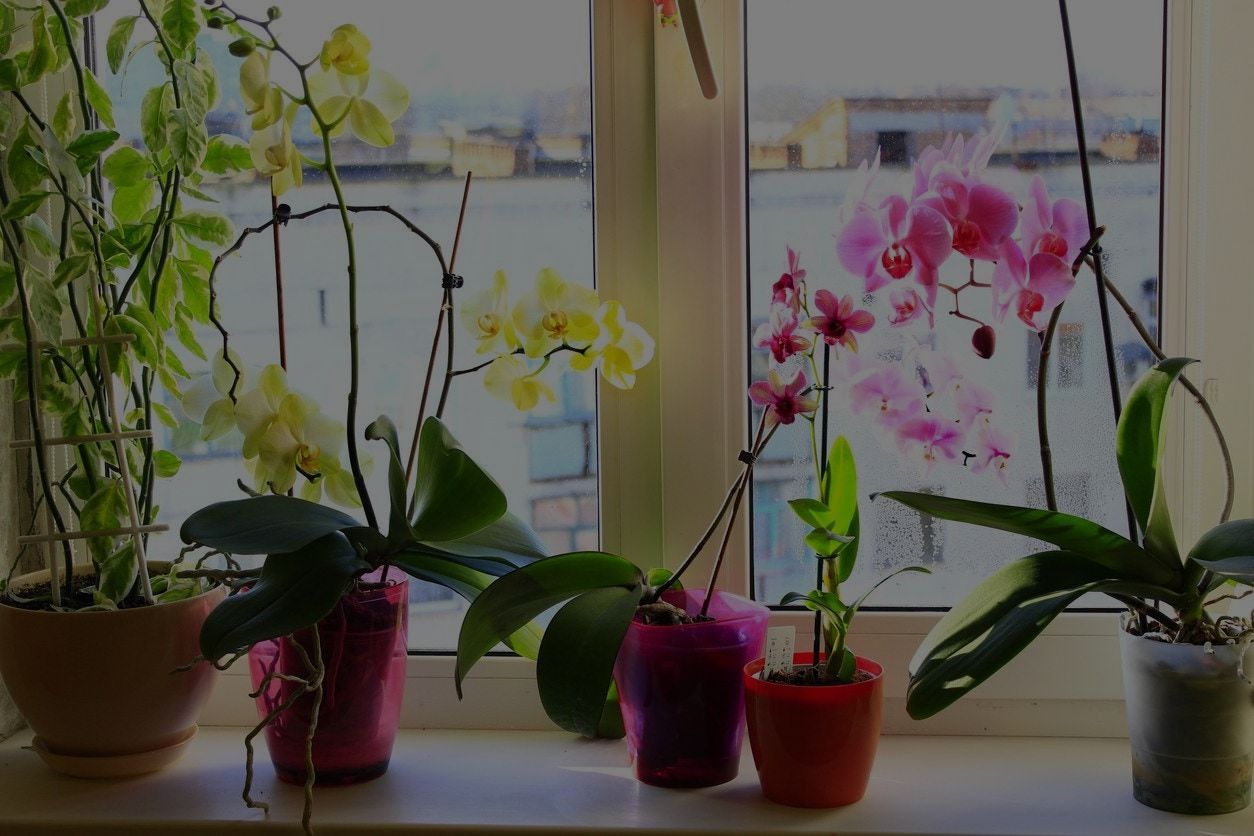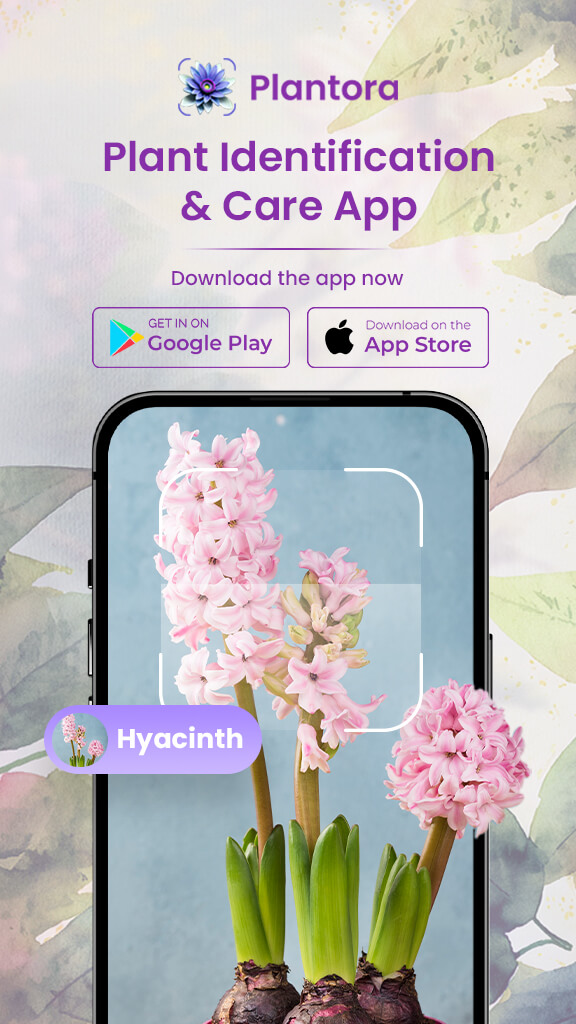
Tropical plants are a great choice for any indoor garden to bring the beauty of exotic flowers and foliage indoors. Growing and caring for tropical indoor plants isn’t a distant dream, and you can live among these beauties without any need to relocate to a tropical environment.
With the right care, you can grow a variety of tropical plants indoors, such as philodendrons, monstera varieties, etc. Even though these tropical indoor plants have specific care requirements, they are still low-maintenance indoor plants and can be grown by beginners.
The key to growing these plants at home is to slightly mimic their natural environment, such as ample brightness and humidity. In this guide, we will explore some of the best tropical plants and how you can grow and care for them at home.
What are tropical plants?
Tropical plants grow in the tropical regions of the world that are near the equator. These regions remain warm and humid all year round. Tropical regions see little to no frost, which is crucial for the survival of these plants as they are frost-sensitive.
Due to such conditions, these plants get adapted to thrive in warm and high temperatures with consistent moisture.
14 Best Tropical Indoor Plants
1. Orchids

Yes, orchids are tropical plants, and you can grow them at home as orchid plant care is very easy. These indoor flowering plants feature beautiful blooms, and their eye-catching foliage makes them perfect for any indoor environment. Orchids have a vast variety and come from both tropical and subtropical climates.
You can grow different varieties of these tropical indoor plants and enjoy their blooms that come in many shades of white, pink, purple, yellow, red, orange, and more. Orchids prefer bright and indirect sunlight in humid environments, and a gap between waterings.
2. Polka Dot Plant

This plant is a great option for indoor environments as it is non-toxic and features striking dotted patterns on its leaves. These tropical plants feature tubular flowers, but they are mainly grown for their green oval leaves that have contrasting red, pink, or white patterns.
These tropical indoor plants thrive in a well-draining and fertile soil with full to partial sun.
3. Dieffenbachia

These tropical indoor plants are commonly found in most homes. However, this plant is not pet-friendly and is also toxic to humans. The sap on this plant can cause burns, so be careful while propagating and repotting the plant. Dieffenbachias are popular for their large green and white leaves.
These tropical plants prefer fast-draining soil with bright and indirect light.
4. Bromeliads

Bromeliads are easy-to-care-for air plants that can be grown in fast-draining potting soil. You can also hang these plants on boards or walls. Different varieties of these plants come in a variety of patterns and colors, such as green, red, orange, yellow, and purple.
Moreover, you can also grow these tropical indoor plants in pots as they adapt easily to container environments.
5. Peace Lily

These are beautiful and easy-to-grow indoor flowering plants. Peace lily care is easy, as these tropical plants need only ample sunlight and evenly moist soil to thrive. The rare white blooms of these plants last for months.
Peace lilies prefer temperatures above 40℉. These tropical indoor plants are toxic, so keep them away from pets and children.
6. Monstera

Monstera deliciosa, also known as the Swiss cheese plant, is a common indoor plant. These tropical plants are grown for their unique appearance. The showy leaves of Monstera plants have holes in them for various reasons.
The split in the leaves of these tropical plants is caused by the amount of indirect sunlight they receive. Keep the plant in a location with bright light and water it frequently.
7. Fiddle Leaf Fig

If you are looking for tall/large tropical plants, the fiddle leaf fig is the right choice for you. These tropical indoor plants can grow up to 10 feet in height. Fiddle leaf figs aren’t easy to care for, but they can adapt to indoor environments if you take care of their needs.
Indirect light is ideal for these plants. Moreover, keep rotating them to ensure all sides of the plant receive the light. Water only when the top inch of the soil feels dry to the touch. These tropical plants are also toxic, so keep pets and children away from them.
8. Anthurium

Anthuriums are comparatively tough to grow, but these tropical indoor plants are highly rewarding. The bright red flowers with yellow spadix create a vibrant display in any indoor setup. You can grow many cultivars of Anthuriums.
Place the plant in bright but indirect sunlight. Use moist and loose potting soil. Anthuriums are also toxic plants and should be kept away from pets and children.
9. Philodendron

These tropical plants are grown for their large leaves with a dark green and glossy shade. Philodendrons are low-maintenance plants that come in climbing and non-climbing varieties. The upright growing habit of these plants makes them perfect for windows and walls.
These plants prefer medium and indirect light. The watering needs of philodendrons are influenced by the amount of sunlight.
10. Caladium

Angel wings, Heart of Jesus, or Caladiums are beautiful tropical plants that you can grow indoors. Known for their heart-shaped leaves with a striking vein pattern, Caladiums can easily draw anyone’s attention. However, these leaves are toxic and should be grown with precautions.
These tropical indoor plants prefer rich and well-draining soil with ample sunlight.
11. ZZ Plant

These tropical plants are commonly grown indoors because they are very hardy and can tolerate various conditions. Famous for their lush, shiny, green oval leaves, these plants are also toxic to humans and pets.
ZZ plants aren’t very needy and can grow well in both bright and low-light conditions. Moreover, they prefer watering only when the soil is dry.
12. Ficus

The tree-like appearance of these tropical indoor plants is a must-have for indoor gardens. These plants can be more demanding than other indoor plants as they require the right amount of light, water, and humidity to thrive.
Moreover, these plants will drop leaves if they are kept near cold drafts or if they are moved. Though hard to care for, a well-grown ficus can easily improve the appearance of your indoor setup. Ficus is also toxic to humans and pets.
13. Schefflera

Also called the umbrella plant, these tropical plants are famous for their broad and glossy leaves. These oval leaves drop down in the shape of an umbrella, hence the name. Schefflera can rarely produce beautiful red flowers.
These tropical indoor plants thrive in bright and indirect light and need the right amount of water, humidity, and warmth. Schefflera is mildly toxic to humans and highly toxic to pets.
14. Birds of Paradise

The exotic flowers of Birds of Paradise plants can create the most eye-catching display in your indoor space. However, these flowers take time, as these tropical plants need 3-5 years of growth before they can produce flowers.
Birds of paradise plants need bright and direct light to produce flowers, along with moist and fertilized soil. Again, these plants are also toxic to cats and dogs.
Conclusion
Tropical indoor plants can easily bring the presence of nature into your home. These plants are usually easy to grow and can provide years of lush green beauty for your indoor space. These tropical plants have similar needs and can be grown along with other plants in your indoor garden. So, make sure to add some of these plants to your list and grow them with the help of the Plantora App. This app can help you with most plant care tasks and ensure the healthy growth of your plants. Download the app today and give it a try.
Raghav is a talented content writer with a passion to create informative and interesting articles. With a degree in English Literature, Raghav possesses an inquisitive mind and a thirst for learning. Raghav is a fact enthusiast who loves to unearth fascinating facts from a wide range of subjects. He firmly believes that learning is a lifelong journey and he is constantly seeking opportunities to increase his knowledge and discover new facts. So make sure to check out Raghav’s work for a wonderful reading.





